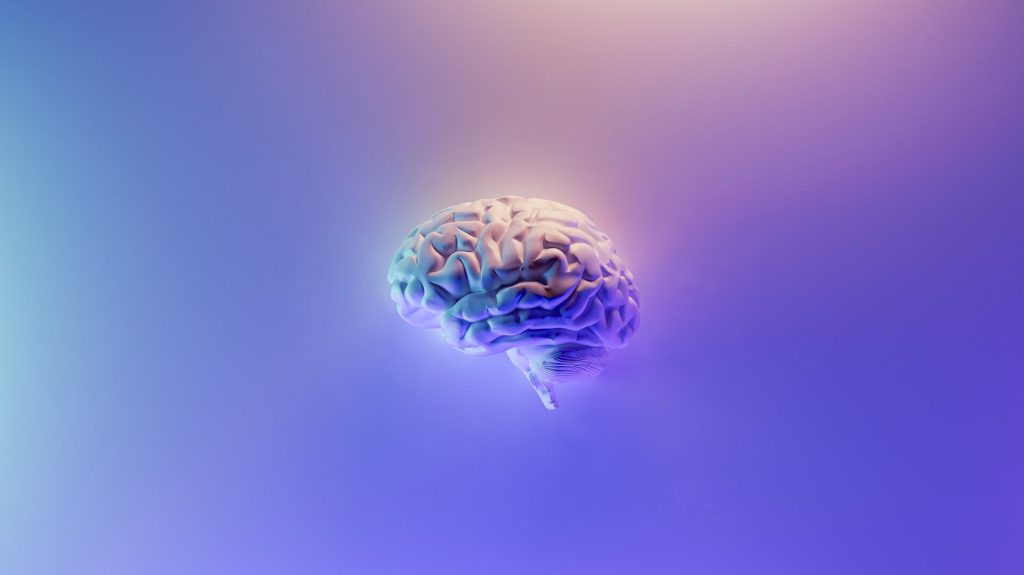Any Form of Exercise can Significantly Boost Brain Function
Research findings are good news for couch potatoes

Whether it’s an early morning jog, or a touch of Tai Chi, groundbreaking research from the University of South Australia shows that any form of exercise can significantly boost brain function and memory across children, adults, and older adults.
In the largest, most comprehensive umbrella review to date, researchers found that regular exercise improves general cognition, memory, and executive function in both healthy individuals and those with clinical conditions, reinforcing exercise as an essential, inclusive activity for optimising cognitive health. The review appears in the British Journal of Sports Medicine.
Synthesising findings from 133 systematic reviews, covering 2724 randomised controlled trials and 258 279 participants, the systematic umbrella and meta-meta-analysis found that:
- low- to moderate-intensity exercise had the greatest benefits for brain function and memory
- children and adolescents showed the greatest improvements in memory, while people with ADHD saw the biggest gains in executive function
- yoga, Tai Chi, and exergames (active video games) delivered the most significant cognitive benefits.
Lead researcher, UniSA’s Dr Ben Singh, says the findings provide a comprehensive understanding of how different types, intensities, and durations of exercise influence cognitive function.
“Exercise has a profound effect on physical health, but we also know it benefits brain function. What this study confirms is that even low-intensity exercise – like yoga or walking – can improve cognition, making it accessible to people of all ages and abilities,” Dr Singh says.
“In particular, we found that benefits were delivered quickly – with clear gains within 1-3 months, highlighting that even small bursts of activity can make a big difference. It also signals that trying out new activities could play a key role in keeping the brain engaged and active.
“For children and teens, exercise was especially beneficial for developing memory, while for people with ADHD, it helped improve focus, reduce impulsivity, and enhance executive function.
“We also found that mind-body exercises, like Tai Chi and yoga, had the most significant impact on memory, while exergames – such as Pokémon Go – were highly effective for general cognition. This is an encouraging finding, as it suggests that engaging, low-impact activities can offer real cognitive benefits.”
Senior researcher, Professor Carol Maher says exercise should be encouraged as a cognitive health strategy across all ages and fitness levels.
“Cognitive decline and neurodegenerative diseases are growing global health concerns, underscoring the urgent need to identify effective strategies to preserve and enhance cognitive function across the lifespan,” Prof Maher says.
“This study presents compelling evidence that exercise should be integrated into healthcare and education settings to promote cognitive well-being.
“Knowing that even small amounts of exercise can improve memory and brain function – especially for those at higher risk – presents a clear opportunity for exercise to be included in clinical and public health guidelines.”
Source: University of South Australia










